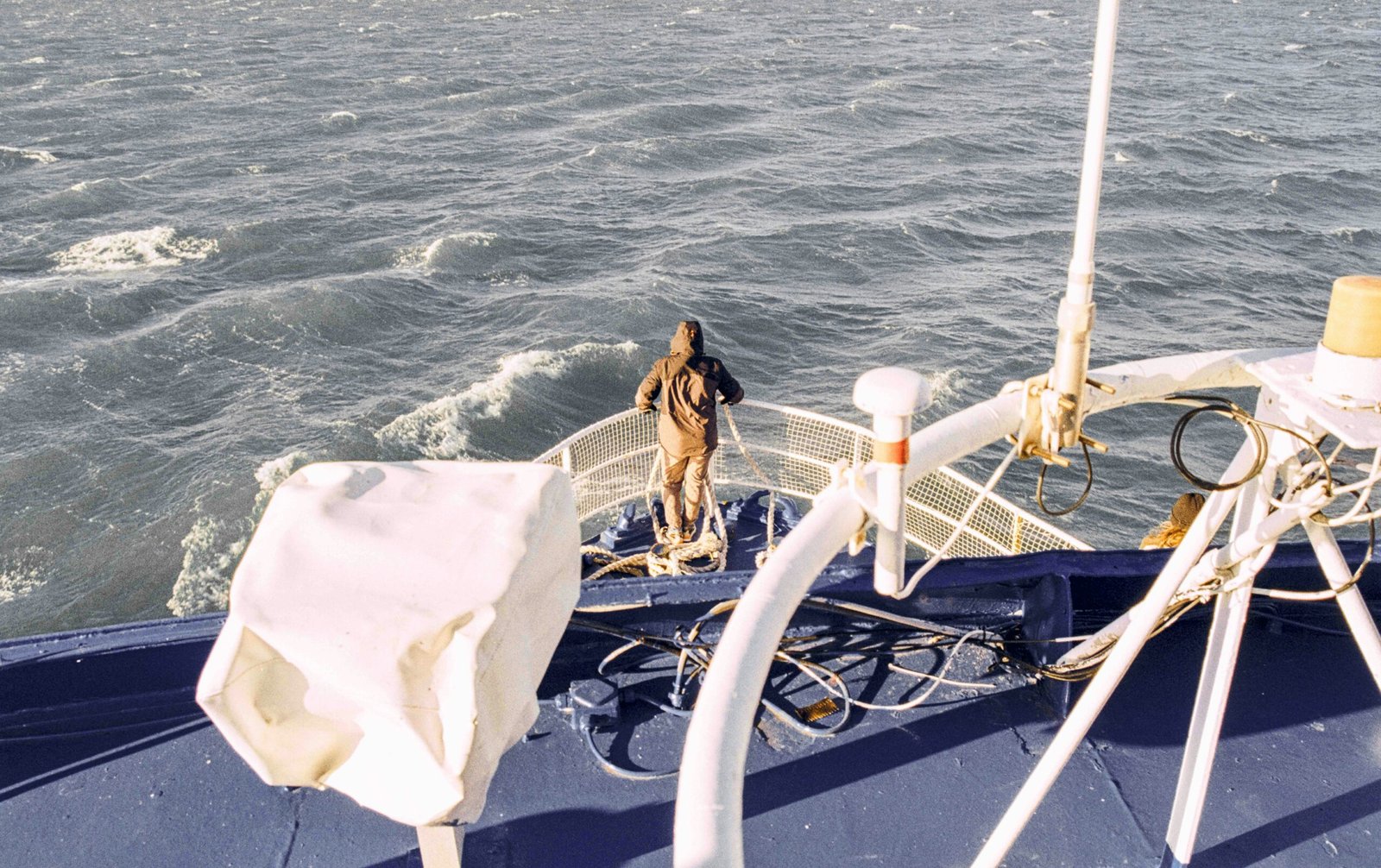

Introduction to Sea Lions
Sea lions are fascinating marine mammals known for their intelligence, agility, and social behavior. They belong to the family Otariidae, which distinguishes them by their external ear flaps and ability to walk on all fours. This guide will walk you through the essential aspects of sea lions, from their habitat to their behavior and conservation efforts.
Habitat and Distribution
Sea lions are predominantly found along coastal waters, ranging from subarctic to tropical regions. The most commonly known species include the California sea lion, the Steller sea lion, and the South American sea lion. These animals thrive in environments where they can easily access food sources, such as fish and squid, and often inhabit rocky shorelines, sandy beaches, and man-made structures like piers.
Physical Characteristics
Sea lions are distinguished by their streamlined bodies and powerful flippers, which enable them to swim at high speeds and maneuver gracefully underwater. They have a thick layer of blubber that provides insulation in cold waters. Males are generally larger than females and often have a distinctive mane of coarse hair around their necks. Sea lions use their long whiskers to detect vibrations and movements in the water, aiding in their hunt for prey.
Behavior and Social Structure
Sea lions are highly social animals that live in large colonies. These colonies are essential for breeding, social interactions, and protection from predators. Communication among sea lions is complex, involving vocalizations, body postures, and even facial expressions. During the breeding season, males establish territories and compete for the attention of females, leading to dynamic social hierarchies within the colony.
Conservation and Threats
While some sea lion populations are stable, others face significant threats from human activities, such as pollution, fishing entanglements, and habitat destruction. Conservation efforts are crucial to ensure the survival of these marine mammals. Organizations and researchers are working tirelessly to monitor populations, protect habitats, and raise awareness about the challenges sea lions face in the wild.
Conclusion
Sea lions are remarkable creatures that play a vital role in marine ecosystems. By understanding their habitat, physical characteristics, behavior, and the threats they face, we can better appreciate these animals and contribute to their conservation. Whether you encounter them in the wild or through educational programs, sea lions continue to captivate and inspire us with their unique qualities.
RELATED POSTS
View all
